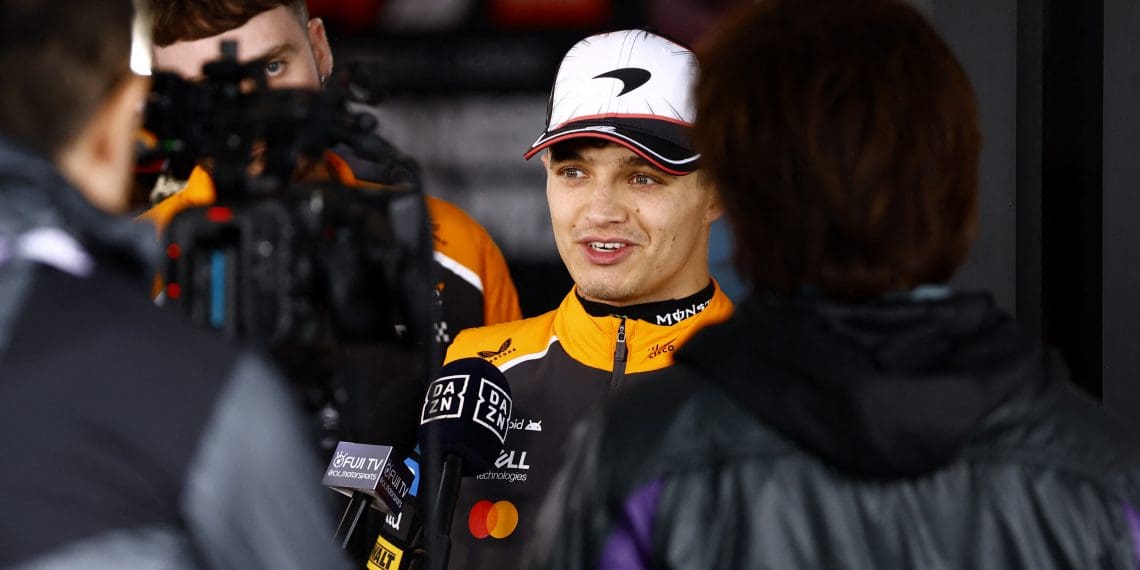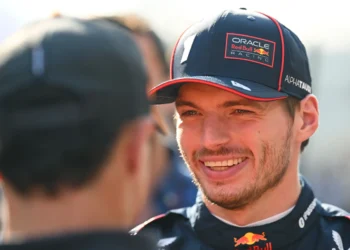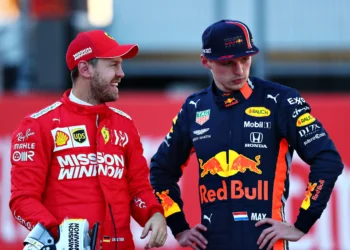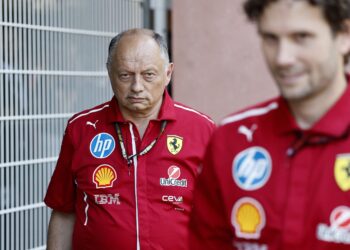Helmut Marko Throws Shade at McLaren’s Racing Strategy, Allowing Verstappen to Secure Victory Unchallenged
In a thrilling turn of events at the Japanese Grand Prix, McLaren’s decision to adhere to their “Papaya Rules” may have cost them a shot at victory as Max Verstappen cruised to a simple win, leaving fans and experts alike questioning the team’s strategy.
As Lando Norris and Oscar Piastri chased Verstappen around the Suzuka circuit, tensions rose within the McLaren camp. Piastri, eager to make a move for the lead, urged his team over the radio to instruct Norris to yield, believing he had the pace to challenge the Red Bull driver. However, McLaren chose not to issue the order, ultimately allowing Verstappen to take the checkered flag with Norris trailing 1.4 seconds behind and Piastri a further 0.7 seconds back.
Former F1 champion Jacques Villeneuve criticized McLaren’s decisions, suggesting that the team appeared to be intentionally avoiding victory. Meanwhile, Helmut Marko, basking in Red Bull’s triumph and Verstappen’s climb in the Drivers’ Championship standings, took a swipe at McLaren’s strategy, insinuating that their “Papaya Rules” hindered their competitiveness on the track.
Marko reportedly stated to the media, “Maybe this is a new version of the Papaya Rules,” hinting at McLaren’s internal regulations that prioritize team harmony over individual driver success. He added, “We would have swapped, but McLaren has the Papaya Rules, and they are their own rules.”
The reference to McLaren’s “Papaya Rules” stems from the team’s approach to managing their drivers in previous seasons, particularly when Norris and Piastri were in contention with Verstappen in the championship standings. The team emphasized the importance of racing with caution when competing against each other, aiming to avoid internal conflicts that could jeopardize their overall performance.
As the F1 2025 season unfolds with a reset in points for all drivers, McLaren’s adherence to the “Papaya Rules” continues to shape their strategy on the track. With Norris leading the standings by a slim margin over Verstappen and Piastri, the team faces mounting pressure to balance individual ambitions with collective success in the races ahead.
The fallout from McLaren’s strategic choices at the Japanese Grand Prix underscores the complexities of team dynamics in high-stakes racing and raises questions about the impact of internal regulations on their competitive edge. As the season progresses, all eyes will be on McLaren to see if they can navigate the delicate balance between individual driver performance and team unity to secure victory on the F1 circuit.










